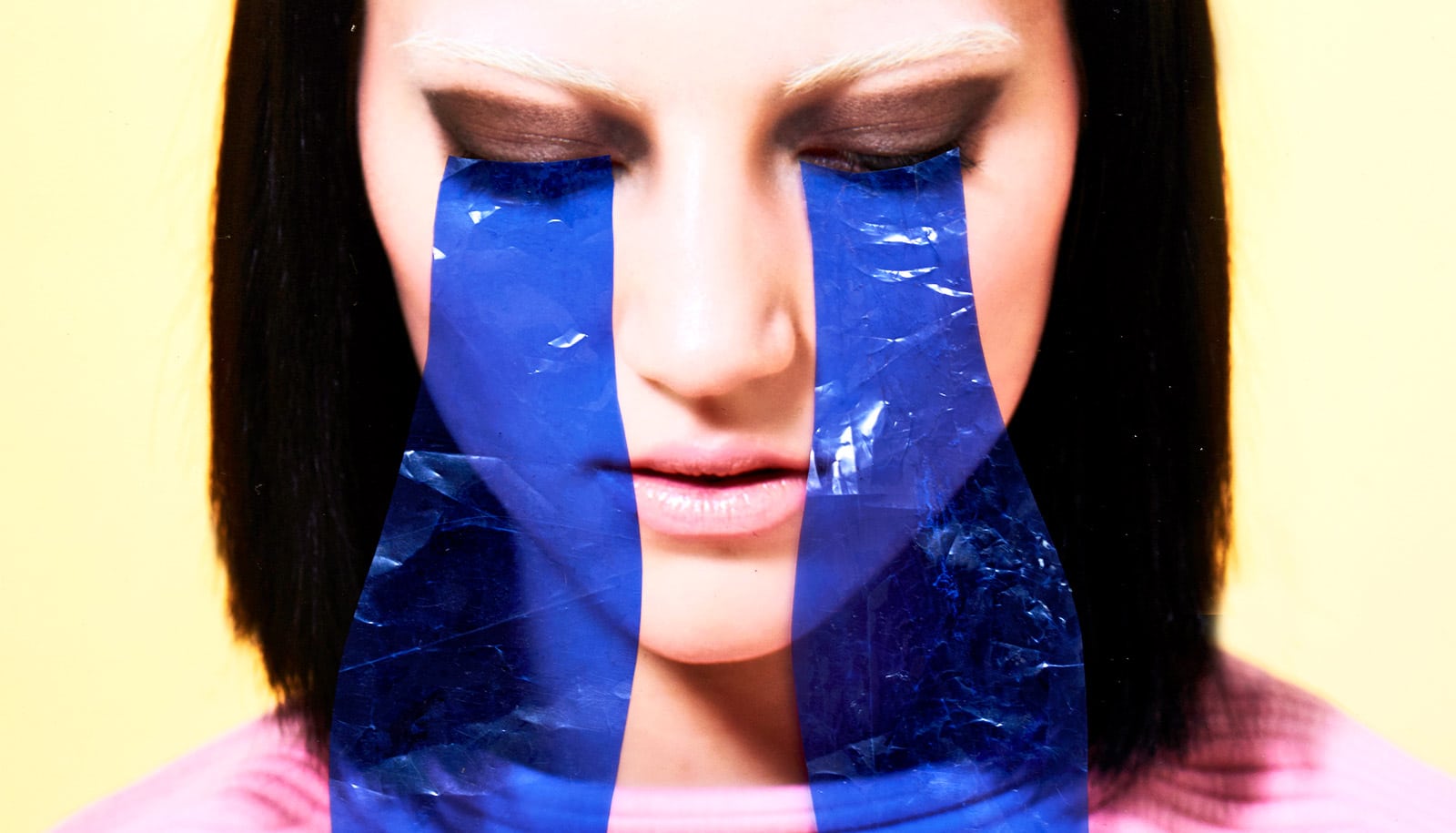If you’re having trouble donating an item to Goodwill, try taking a photo of it.
“We all have at least one, but, in many cases, multiple items that we hold onto—even though we no longer use them—because the items still have sentimental value,” says Karen Winterich, research fellow and associate professor of marketing at Penn State. “These items have some type of meaning that says, ‘this is who I am’ and/or ‘this is who I was,’ so we just don’t want to let this stuff go.”
In a study, researchers encouraged people to take a picture of a sentimental item before they donated it. Participants who were encouraged to take a picture donated between 15 and 35 percent more than those who did not receive a prompt to take a picture.
The researchers say that people still may be tied to these items because possessions, memories, and identity are psychologically tied together.
“What people really don’t want to give up is the memories associated with the item,” says Rebecca Reczek, a coauthor of the study and associate professor of marketing at Ohio State University. “We found that people are more willing to give up these possessions if we offer them a way to keep the memory and the identity associated with that memory.”
A pair of high school gym shorts prompted the idea to explore this type of research, according to Winterich.
“The project got started when I realized I was keeping an old pair of basketball shorts just because they reminded me of beating a major rival basketball team in junior high,” Winterich says. “I didn’t want the shorts—I wanted the memory of winning that game and that’s what I thought of when I saw the shorts. A picture can easily mark that memory for me and I can donate the shorts so someone else can use them, which is even better.”
Many nonprofits rely on sales from donations of second-hand clothes and goods to run their operations. In 2014, Goodwill Industries, the largest retail resale nonprofit, produced $5.37 billion in retail sales at its 3,000 stores and online auction website, according to Forbes. Other nonprofits, such as Dress for Success, also sell donated goods.
People with good memories get sick of stuff faster
Meanwhile consumers can save money on storage and increase peace of mind by donating used goods to retail resale stores. According to a survey conducted by eBay and Nielsen, the average American owns 50 unused items in their home, including clothing, accessories, and electronics.
“From the consumer standpoint, it could be just about reducing clutter,” says Winterich. “But, from the marketplace perspective, we are focusing on donating the goods because the second-hand marketplace relies on this.”
The researchers advertised a donation drive before the 797 students who lived at six different university residence halls left for a holiday break. In one condition, an advertising campaign instructed students to take a picture of sentimental goods before they donated. In the other ad, participants were just asked to donate their sentimental goods.
The researchers also conducted five follow-up studies to test other variations, including whether the effect held for people selling their second-hand goods.
We’re more grateful for stuff we do, not stuff we have
Initial findings suggest that taking pictures before selling second-hand goods does not have the same effect as for donating items, says Winterich, although she adds this may be an area for future research.
“In one of the other studies, we looked at selling items—and this effect doesn’t hold for selling,” says Winterich. “We’re not saying that it would never work for selling, but these sentimental goods, which hold memories and our identities, are almost perceived as sacred when they become associated with money.”
Julie R. Irwin, professor of marketing, University of Texas at Austin, also worked on the study, which will appear in the Journal of Marketing.
Source: Penn State



